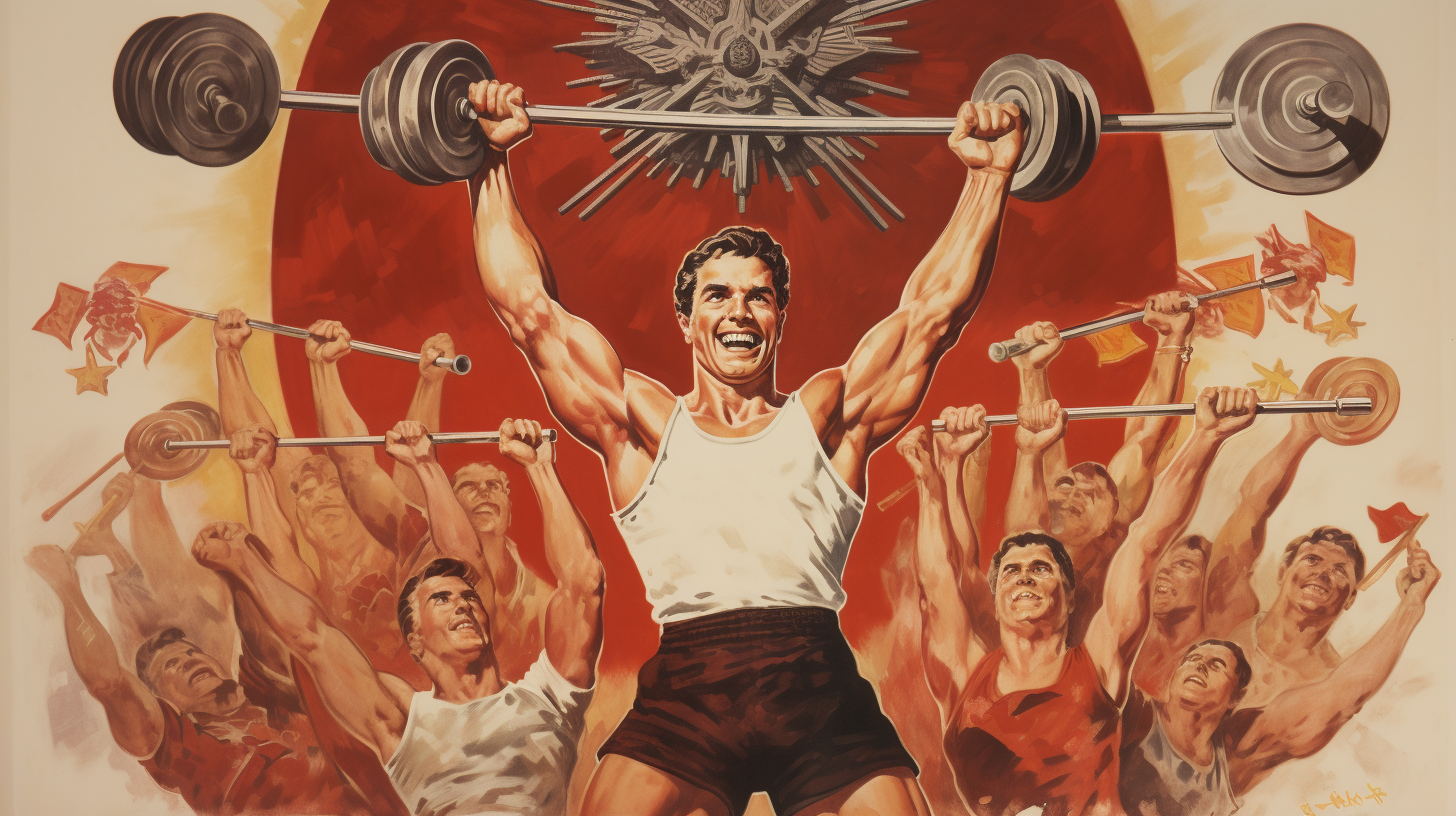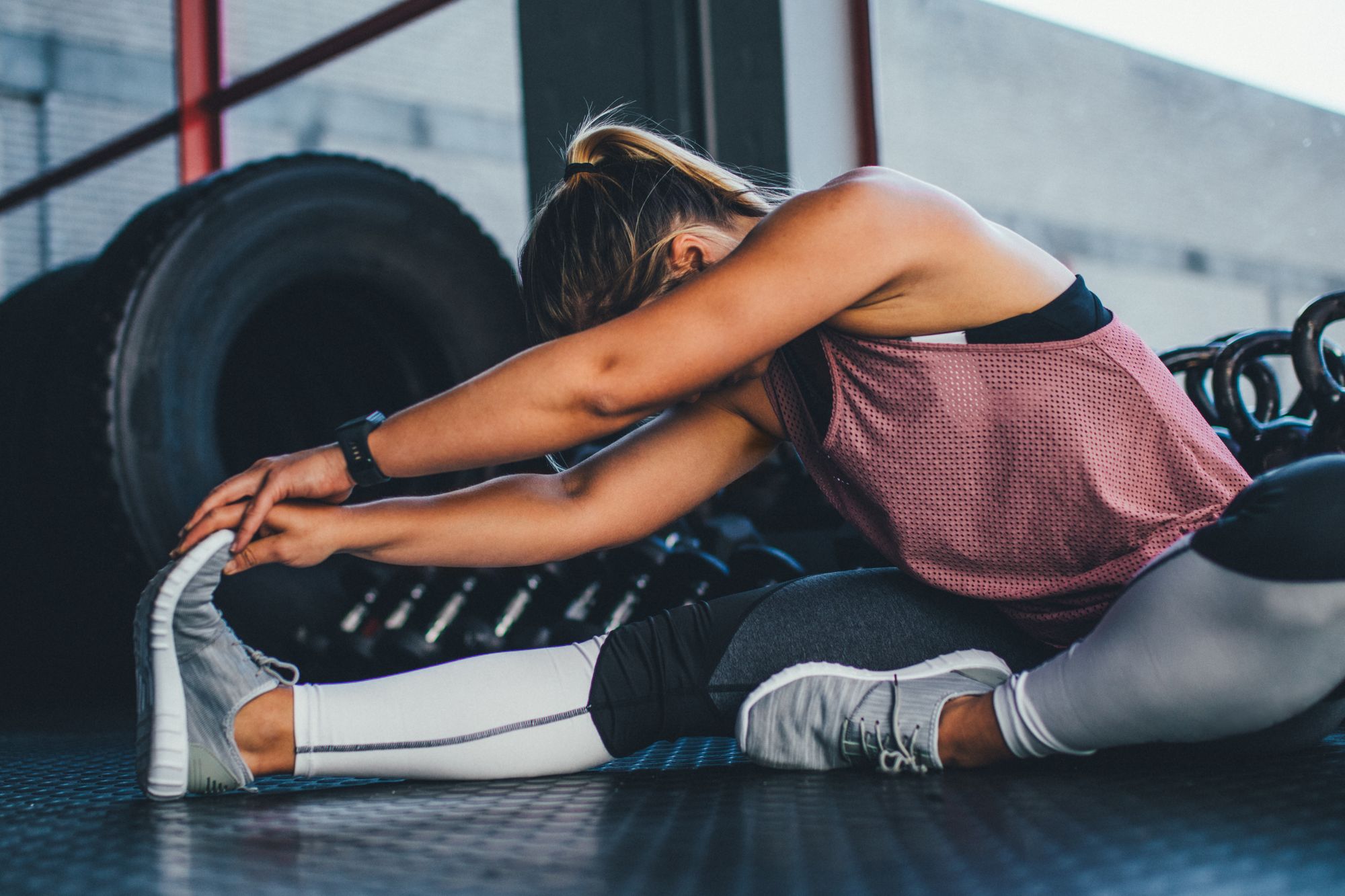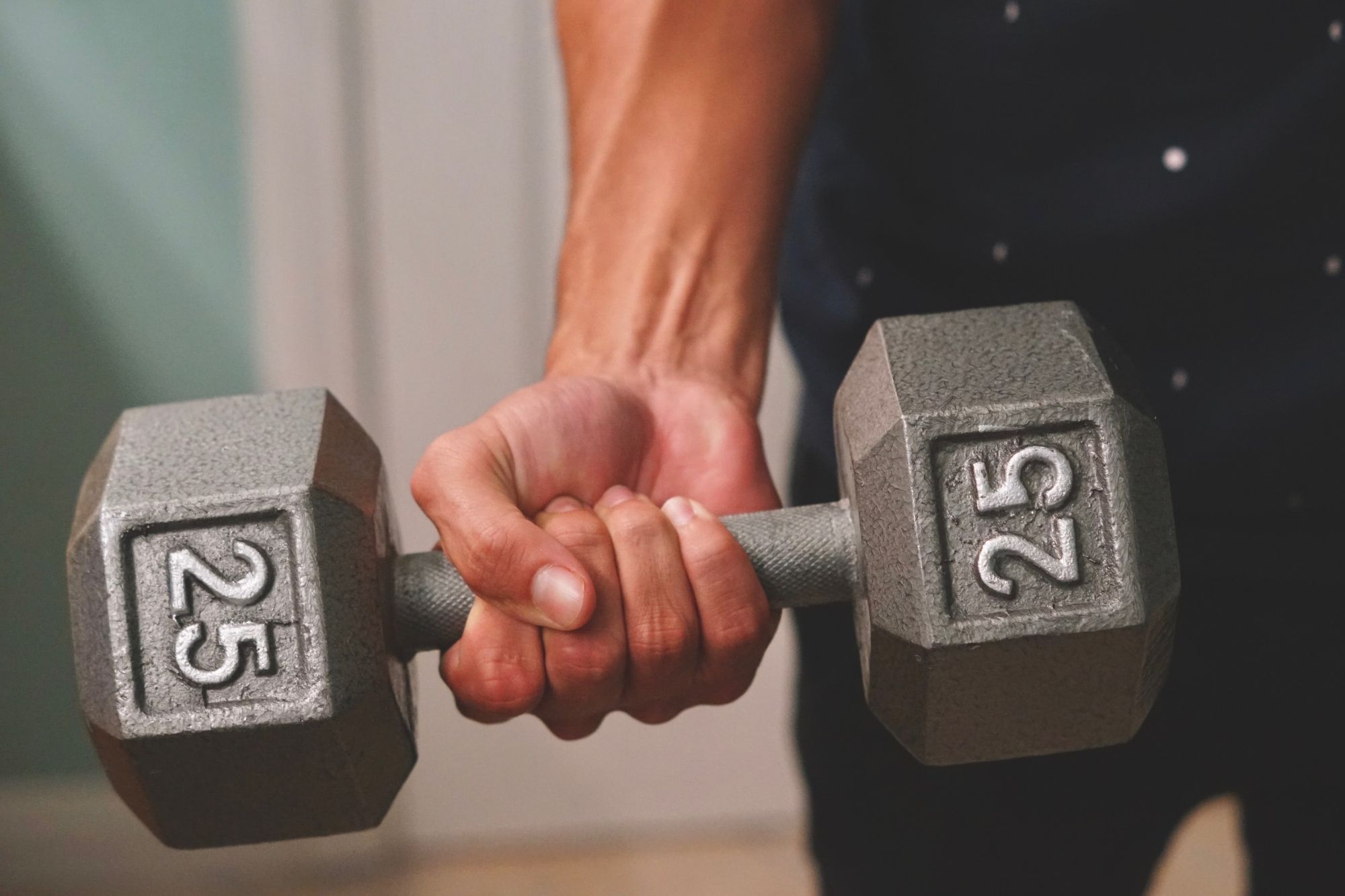Surprise, Surprise: Most “Worst Gym Exercises” Are Perfectly Safe and Growth-Stimulating
Leg extensions. Smith machine squats. And deadlifts. Are these truly the "worst gym exercises" you could do? Well, that depends. Learn more here.

Lurk around the fitness social media scene long enough, and you’ll start noticing a trend.
I’m talking about fitness influencers and gurus labelling certain movements as "The Worst Exercises" you could do in the gym. And you might be surprised, but leg extensions, Smith machine squats, landmine presses, and deadlifts are often brought up in those lists.
Because apparently (🤷):
- Leg extensions are bad for your knees,
- Smith machine squats place unnecessary stress on the joints by forcing them to move in a mechanically unnatural movement path, and
- Landmine presses and deadlifts straight-out suck at stimulating muscle growth
Case in point: this, this, and this. (SMH)
Now, a word of advice. Be very careful whenever you come across such bold, definitive statements.
Yes, certain exercises work better
As you may know, there are many exercises you could do in the gym.
Take the quads, for instance: there’s the good old BB back squat, dependable leg press, universally dreaded Bulgarian split squats, and … you get the point. Sure, some exercises could help you target the quads better.
E.g., with the leg press, you could emphasize your quads by shifting your foot placement downward on the platform for increased knee flexion.
This is something you likely won’t be able to do with the BB back squat.
Your anatomy and mobility pretty much determine whether you’re more comfortable squatting with a:
Leaned-forward torso (more hip-flexion) — greater glutes activation
But does that mean BB back squats won't grow your quads if you use a leaned-forward torso with the movement? And that you should take the BB back squat out of your training plan?
That's not it at all … bringing us to the next point.
“Worst exercises” … to whom?
Exercise selection is deeply individualistic. It can depend on factors like:
Enjoyment
Let’s say you’re interested in growing your glutes.

You know that the BB hip thrust is one of the best booty-perking exercises you could do … but truthfully, you just don't care for it.
It hurts your hips; you don't like how the movement looks; the set-up is too much hassle.
You’d rather deadlift. Is there anything wrong with that?
No. Deadlifts would still help grow your butt. And if you can stay consistent with them, you'd probably see better glute growth in the long term than if you were only to do hip thrusts occasionally.
Consistency is the key to progress:

Injury history
TBH, Smith machine squats are truly undeserving of all the hate they get. In a 2020 study published in the Journal of Strength and Conditioning Research, the researchers randomly assigned participants to two groups:
2️⃣ Group 2: Smith machine squat, bench press, and various machine-based assistance movements
After 8 weeks of training … guess what the researchers found?
Answer: no significant difference in muscle thickness changes between groups (both in the biceps and quads).
Ultimately, smith machine squats can be a life-savior for those with a history of lower back injury.
They're less demanding on the lower back than the BB back squats but lead to comparable muscle growth results, a win-win situation.
Oh, and FYI — there hasn’t been any evidence that Smith machine squats are unsafe.
Free weights and resistance machines lead to comparable muscle growth; learn more here:

Training goals
Are you trying to grow as much muscle mass as possible?
If so, you'd benefit from adding leg extensions to your workout routine. That’s because your quads are made up of four muscles, one of which is a biarticular muscle that crosses both the hip and knee joints called the rectus femoris.
This means all squatting movements involving simultaneous hip and knee flexion aren't great at targeting the rectus femoris.
Only the leg extension, which is pure knee flexion/extension, leads to optimal rectus femoris activation. And because I know you’re wondering. No, leg extensions aren’t inherently bad for your knees.
In fact, they’re often used to rehab knee injuries!
And on the other hand, if you're training to become a competitive powerlifter, you'd obviously need to build your program around the "Big 3": back squat, bench, and deadlift.
Certain life stages
Cable pull-throughs.
They've been accused of being useless at stimulating glute growth because of their suboptimal loading profile (the weights are to your back).
Yes, sounds rational — but it's worth noting that it's the only safe "thrusting" movement pregnant individuals can do, especially in the second and third trimesters where laying on their backs and loading barbells on their bellies (of course) aren’t recommended.
Stop and think (like, really give it thought)
Ultimately, let this article remind you that you shouldn't treat everything you see on the Internet as The Truth.
Just because everyone on social media says that leg extensions are bad for the knees doesn't mean they actually are (science says the opposite).
So, the next time you see someone saying you should do exercise X instead of exercise Y, spend some time thinking about whether it’s in your best interest to listen to them.
Is exercise X scientifically proven to be dangerous? Will exercise Y better suit your goals?
Want someone else to take workout planning off your hands?
Phew. That was a lot.
And … to be honest, if your life already feels like a circus act of juggling multiple responsibilities at a time (work, family, social obligations), you can feel you don’t even have space or time to think.
So, if you'd like someone else to take workout planning off your hands, check out GymStreak.
Unlike ChatGPT, this smart, AI-powered personal trainer app tailors your workouts to your training preferences, goals, and schedule availability, so you don’t even have to think about it.
Just show up and know that you’re training in a way that best supports your fitness goals and lifestyle. (Yes, it can be that easy.)
See for yourself:
Workout Programming + Nutrition Tracking, Off Your Hands
*sigh of relief* We'll guide you through it all — step-by-step. Just download the app, and you'll be making progress toward your dream body like never before.
References
Buckthorpe, M., La Rosa, G., & Villa, F. D. (2019). RESTORING KNEE EXTENSOR STRENGTH AFTER ANTERIOR CRUCIATE LIGAMENT RECONSTRUCTION: A CLINICAL COMMENTARY. International Journal of Sports Physical Therapy, 14(1), 159–172.
Krywko, D. M., & King, K. C. (2023). Aortocaval Compression Syndrome. In StatPearls. StatPearls Publishing. http://www.ncbi.nlm.nih.gov/books/NBK430759/
Krywko, D. M., Toy, F. K., Mahan, M. E., & Kiel, J. (2023). Pregnancy Trauma. In StatPearls. StatPearls Publishing. http://www.ncbi.nlm.nih.gov/books/NBK430926/
Schütz, P., List, R., Zemp, R., Schellenberg, F., Taylor, W. R., & Lorenzetti, S. (2014). Joint angles of the ankle, knee, and hip and loading conditions during split squats. Journal of Applied Biomechanics, 30(3), 373–380. https://doi.org/10.1123/jab.2013-0175
Schwanbeck, S. R., Cornish, S. M., Barss, T., & Chilibeck, P. D. (2020). Effects of Training With Free Weights Versus Machines on Muscle Mass, Strength, Free Testosterone, and Free Cortisol Levels. Journal of Strength and Conditioning Research, 34(7), 1851–1859. https://doi.org/10.1519/JSC.0000000000003349
Stien, N., Saeterbakken, A. H., & Andersen, V. (2021). Electromyographic Comparison of Five Lower-Limb Muscles between Single- and Multi-Joint Exercises among Trained Men. Journal of Sports Science & Medicine, 20(1), 56–61. https://doi.org/10.52082/jssm.2021.56


